Located on the San River just west of Przemyśl, this magnificent Renaissance palace is one of the finest and best-preserved examples of its kind in Poland.
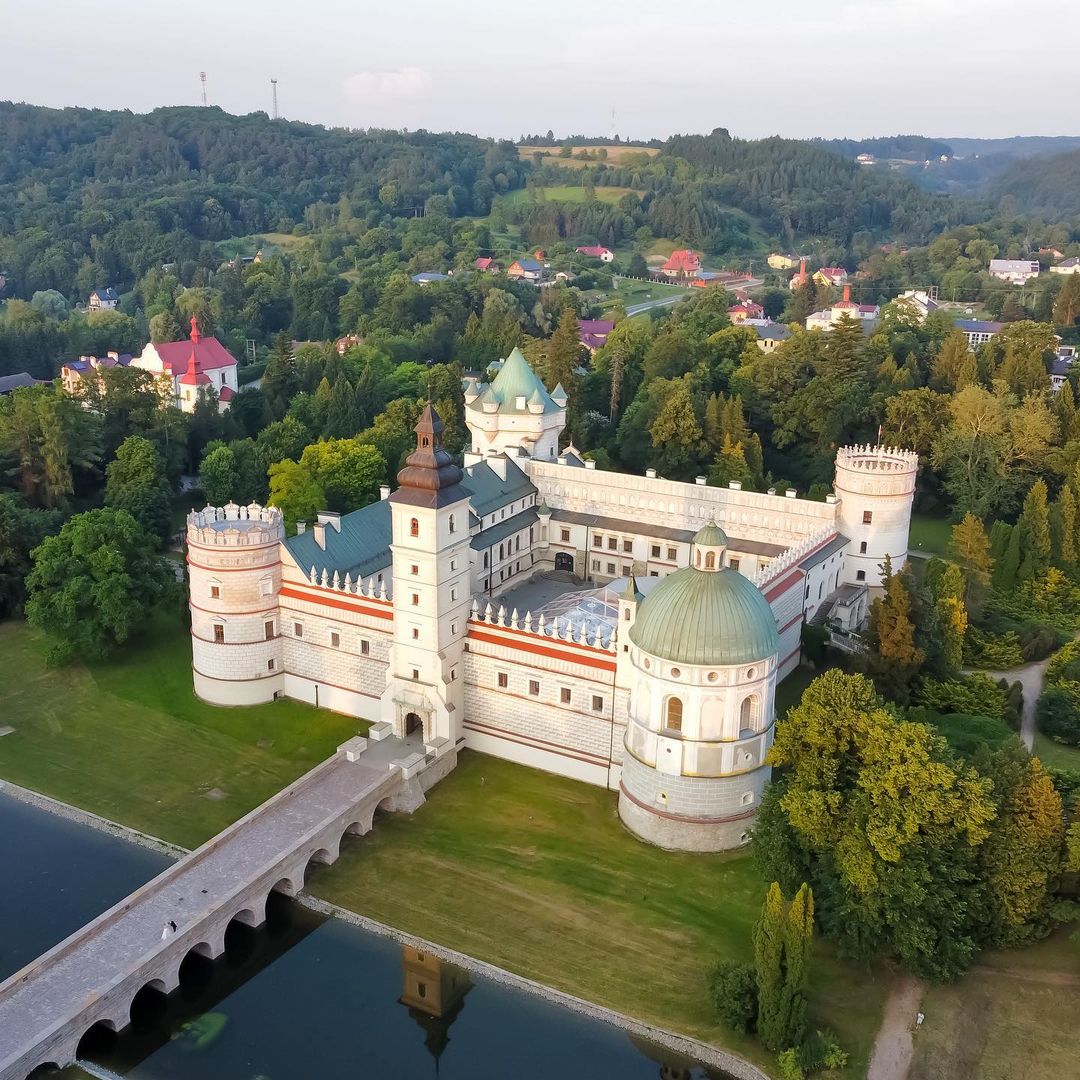
Krasiczyn Castle History
Construction of the castle was started at the end of the 16th century by the Castellan of Przemyśl, Stanisław Krasicki, from which the castle and small town that later grew around it take their name. His son, Marcin Krasicki, transformed the fortified castle into the magnificent residence we can behold today, the fundamental design of which has essentially remained unaltered since the 1630s.An architectural marvel, unique features of the palace begin with the long arcaded bridge over the former moat (today a reservoir) leading into the main gate beneath a tall clocktower. Built in the form of a quadrangle, the palace features 4 additional towers in each corner - each unique from the other. Named the Divine, Papal, Royal and Noble Towers, one of the most valuable architectural elements is the chapel located in the Divine Tower, compared to the Sigismund Chapel at Wawel Castle in Kraków. Most spectacular however, are the magnificent sgraffito decorations covering over 7000 square meters of the exterior and interior courtyard walls. One of the most extensive uses of this technique in Europe, the design is achieved by applying a dark layer of plaster under a lighter layer of plaster and then scraping off the outer layer to create high-contrast designs. Study the walls of Krasiczyn Palace to see hunting scenes, biblical scenes, saints, Roman emperors, Polish kings, and members of the Krasicki family.
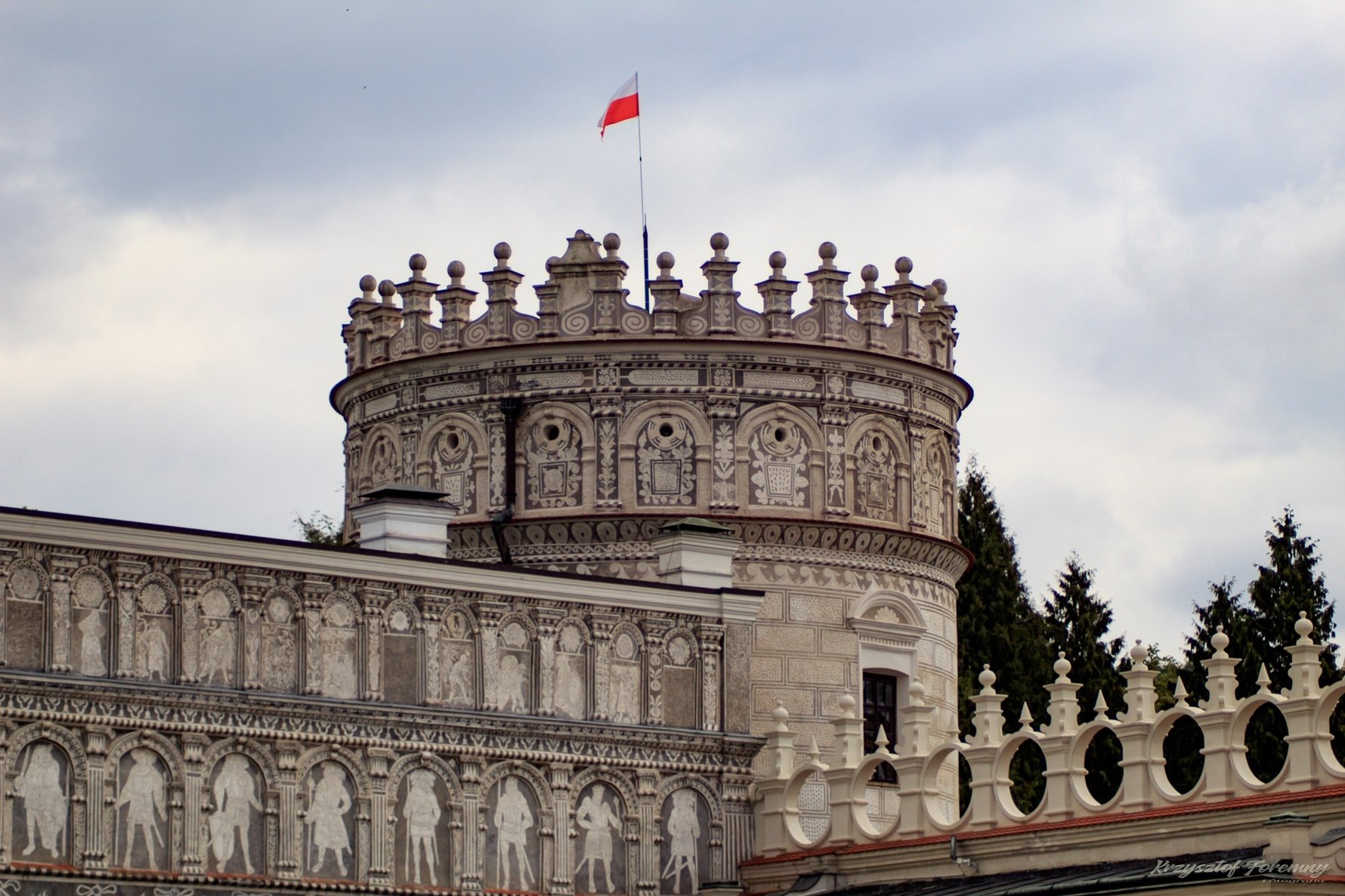
Over the centuries the castle was home to some of Poland's most influential and affluent families: Krasicki, Modrzewski, Tarłów, Mniszech-Potocki and Sapieha. Adam Stefan Sapieha - Archbishop of Kraków from 1911 to 1951, and one of the most important figues in the Polish Catholic Church - was born in the Castle in 1867. During World War II the castle was taken over by the Red Army and used as a military barracks from October 1939 to June 1941, during which time the interiors were completely devastated. Andrzej Sapieha (brother of Adam) recorded the following account upon his return home to the castle during World War II in late 1941: “On the floors there is garbage, old clothes, destroyed books. Walls full of Soviet propaganda posters, no furniture, instead of it, wooden beds everywhere. The chapel is completely ruined, all sculptures on the walls destroyed as high as the savages could reach. Altars and pews destroyed. All three monuments have disappeared. The church in a terrible state, as it had been used as stables and a butcher shop. Metal coffins were used by the Bolsheviks as bathtubs.”
After the war, Poland's communist government established a forestry school in the castle. Upon the collapse of the regime, the castle was bought by Warsaw's Industrial Development Agency (Agencja Rozwoju Przemysłu S.A.) who did an extensive restoration of the property, developing it into a hotel.
Krasiczyn Castle Today
While the fabulous exteriors have been restored to look much as they did in the 17th century, the interiors have been converted into a modern hotel and conference centre, including a restaurant, cafe and wine cellar. As you might expect, the castle is extremely popular as a location for weddings, banquets and business conferences, which primarily take place in the restored ballrooms. The castle also hosts many festivals and events throughout the year, including art and photography exhibits and vernissages, knight shows and concerts in the castle courtyard.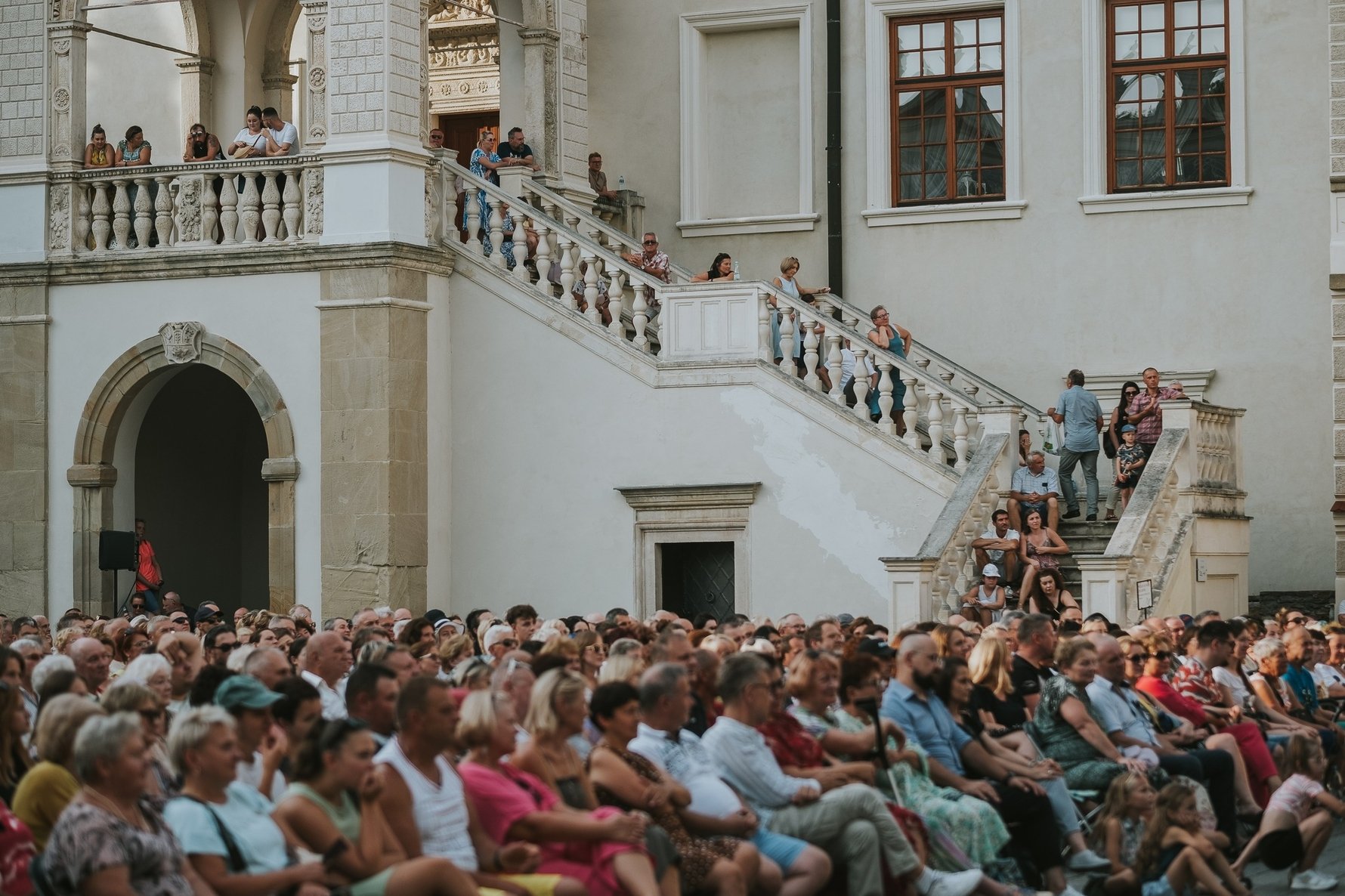
In addition to the main castle, the complex includes a carriage house which today houses the hotel's main reception and guest rooms. More guest rooms can be found in the castle itself and also in two additional buildings - the 'Hunting Pavilion,' and the wooden 'Swiss Pavilion,' which is connected to the main castle via a secret passage.
Krasiczyn Park
The Castle is surrounded by a beautiful landscape park, parts of which date back to the 17th century. The park is home to over 200 different species of trees and shrubs, many of which are exotic and rare, and owe their presence to the Sapieha family's love for travel. One such tree is a large ginkgo, which is referred to locally as the 'Wishing Tree.' Legend has it that if you walk around its trunk three times, your wish will come true. The practice is so popular that a walking platform has been built around it in order to protect the roots below.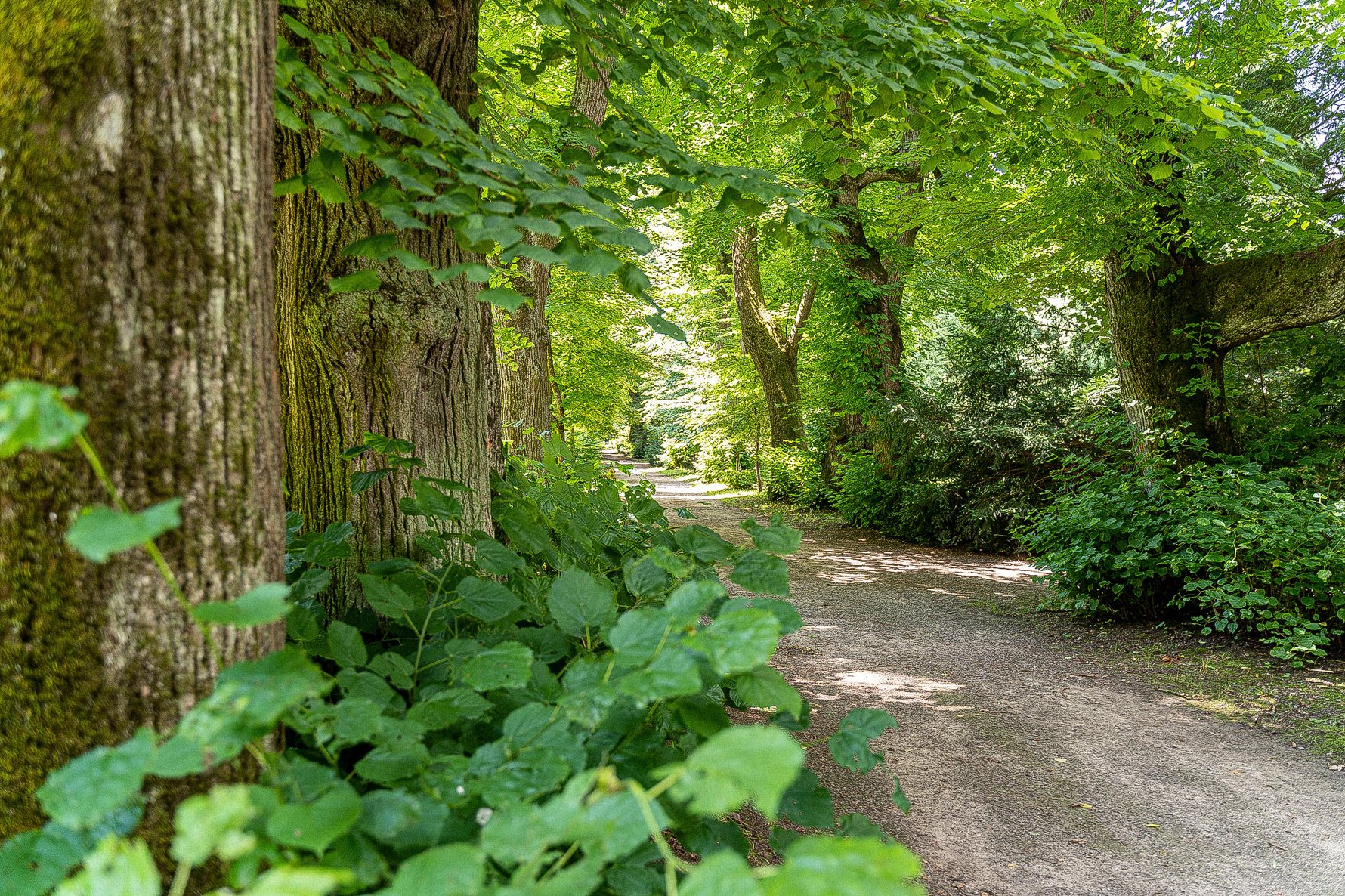
Visitors will also notice stone plaques with the names of Sapieha family members beneath some of the park's trees. This was another practice of the last family to live here: oak trees (symbolising strength and power) were planted upon the birth of boys, and linden trees (fertility and health) were planted upon the birth of girls.
Visiting Krasiczyn Castle & Park
Entry must be paid to the park (8/6zł), which is open daily from 06:00 to 22:00.Individual non-hotel guests can visit the castle with a guide only (30/23zł). Tours last about 50mins and are offered hourly from 09:00 to 16:00 from April 1 to October 31, granted that there are at least 5 visitors for the tour. In the offseason tours must be arranged in advance; large groups and foreign language tours must also be arranged in advance.
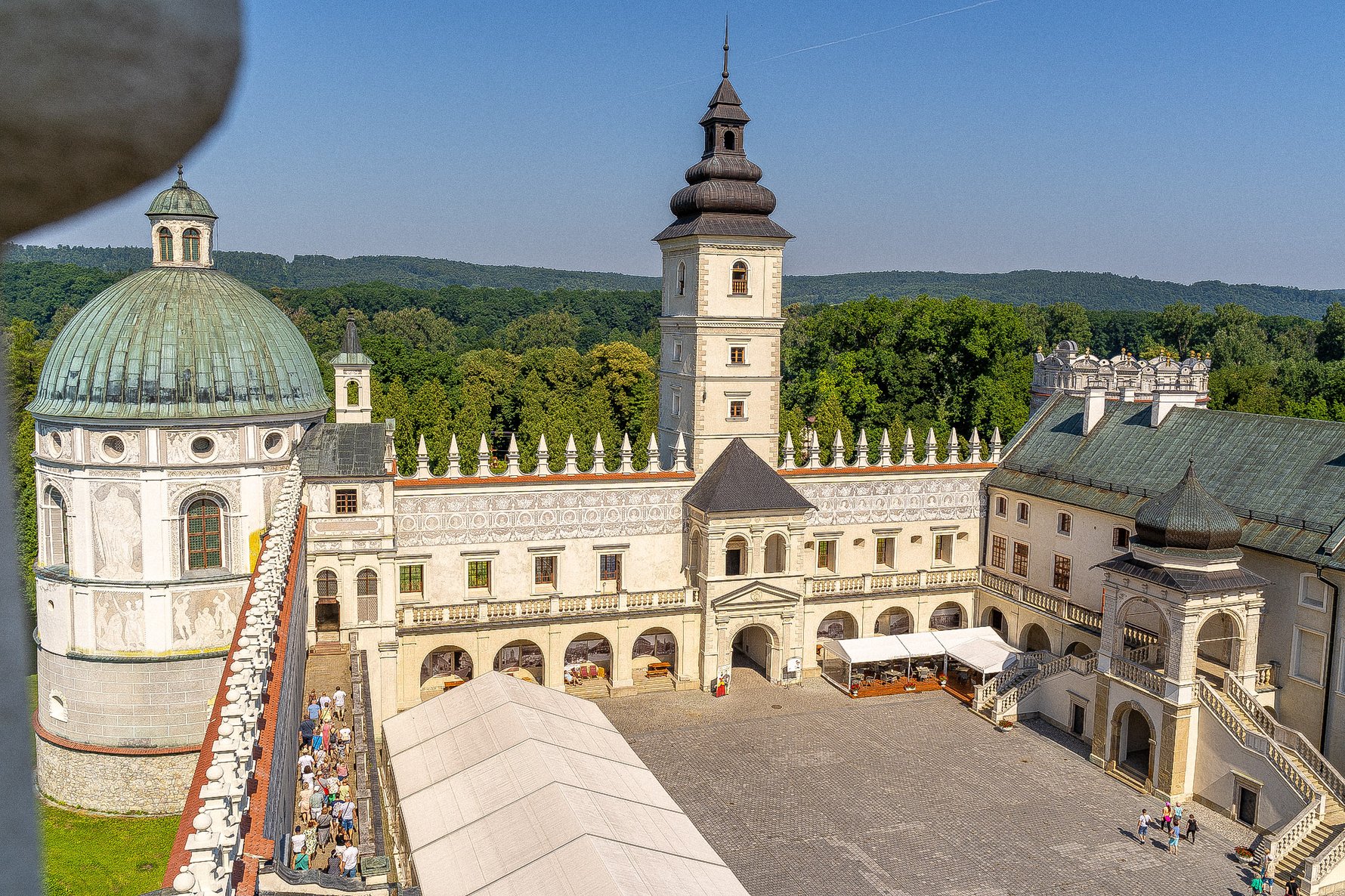
The tour includes the castle courtyard, the Sapieha family crypt in the Divine Tower, the hunting office, the castle chapel and several exhibition rooms. Additiional tickets can be bought for self-guided trips to the top of the clocktower (6zł) and the torture chambers in castle dungeons (6zł).


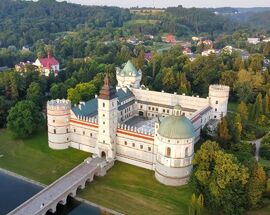
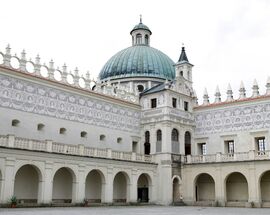
_m.jpg)
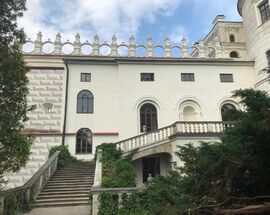
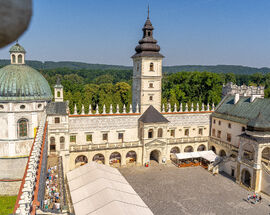
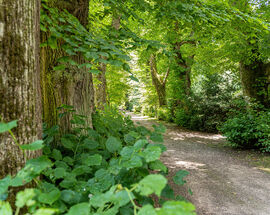
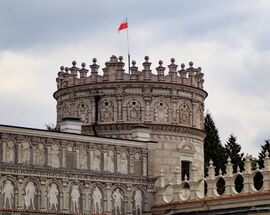
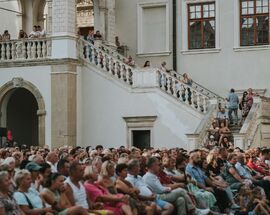
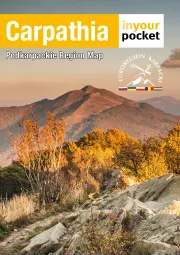
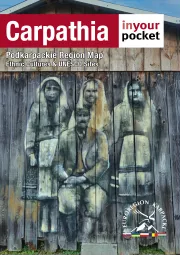
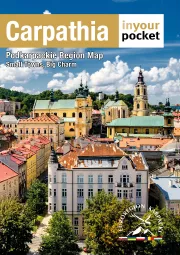
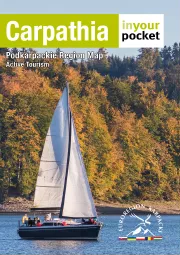
Comments